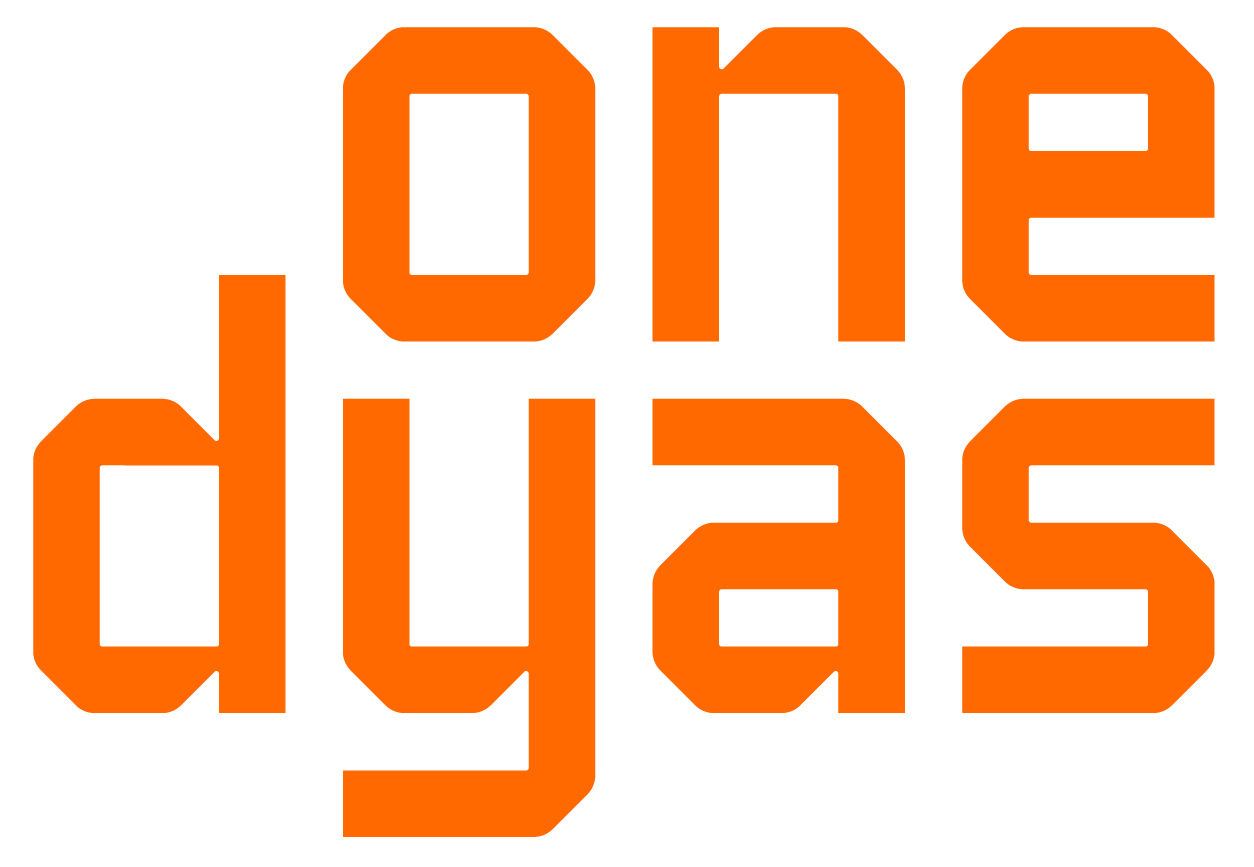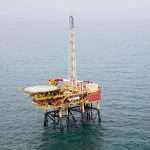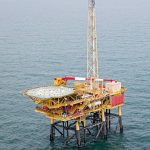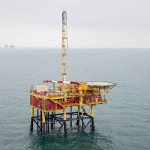After nearly 30 years of production, the Sean complex was reaching the end of field life with a relatively low daily production and aging platforms. In the first half of 2015, ONE-Dyas acquired a 50% operated interest as well as a 100% operated interest in the adjoining exploration block, aiming to extend the life of the field by reducing operational costs and increasing recovery.
History
The Sean fields were developed as a ‘Peak Shaver’ facility, involving high deliverability demands for relatively short periods of time – typically during the winter months. Over the course of the 25 year Peak Shaver contract, Sean produced up to 20 days per year. In 2011 the field went into ‘normal’ blow down production.
The development consists of three platforms. The unmanned Sean Romeo wellhead platform (RD) comprises wells on the Sean East and Sean North fields. Sean Romeo is connected to Sean Papa, with two bridge linked platforms on the Sean South and Sean East fields (PD and PP). Sean Papa also features a gas treatment facility consisting of sand separation, dehydration, and compression, with gas exported to the Shell-operated Bacton Terminal.
Life extension
ONE-Dyas has upgraded the field’s production facilities to reduce operational costs, maintain integrity, increase safety, and reduce environmental impact.
Installing a booster multiphase pump in the well stream has reduced the wellhead pressure and increased the reservoir’s ultimate recovery. Based on extensive subsurface modelling work, we also drilled an infill production well in the existing reservoir to increase the field life by several years. And a third compression stage on the export compressor is designed to lower suction pressures, extend the production, and increase recovery.
We are now investigating Energy Transition opportunities to re-use the Sean reservoir and facilities and further extend the lifetime of the field. At the same time, we are preparing a draft Decommissioning Programme for the removal of platform facilities in preparation for the end of field life.
Sustainability
Extending the life of a field involves making sure performance meets all current health and safety and environmental standards. The installation (including pipelines) has been reviewed and significant improvements made, such as upgrading gas turbine drivers and generators to increase efficiency, reduce fuel consumption, and cut both NOx and CO2 emissions.
To reduce hydrocarbon content in the water injection, we have reviewed and upgraded the water process system. In addition, we have replaced the PD caisson with a deck water drain system to reduce the volume of hydrocarbons discharged in deck water overboard.
The process control and emergency shutdown systems, both critically important for the management of installation integrity, have also been renewed to enhance safety.
Innovation
We encourage our people to embrace innovation, think out of the box, and propose new initiatives to improve operations.
One ground-breaking idea involved mooring the Emergency Standby Vessel to a mooring buoy as often possible, instead of holding position under power. The shift reduced fuel consumption, lowered emissions, and decreased vessel maintenance – all without jeopardising the vessel’s primary emergency stand-by function. The achievement was recognised with a prestigious EEEGR Innovation Award 2017.
Safety
An established Health, Safety and Environment Management System (HSEMS) defines, measures, and controls all operational processes and activities at both a corporate and a subsidiary level.
The HSEMS is certified to ISO 14001 for Environmental Management Systems and ISO 45001 for Health and Safety Management. Certification requires an ongoing commitment to compliance with all relevant legislation, while continually improving safety and environmental performance. The scope covers all aspects of operations, with the standards re-certified by the DNV on an annual basis.
All corporate policies and procedures are directly applicable for the UK operations.
Special considerations
The platforms are located next to known spawning and nursery grounds for several species of fish, and close to the southern North Sea Special Area of Conservation (SAC) – an important habitat for harbour porpoise. Romeo is also home to a nesting Kittiwake colony.
In addition, the Lincolnshire, Norfolk, and Suffolk coastlines support a wide variety of important coastal habitats and species, as well as several protected bird sanctuaries.
A number of management, control, and mitigation measures are in place to avoid or minimise the impact of a potential spill – as described in the Oil Pollution Emergency Plan.
Finally, the Sean platform operates in compliance with a number of OPRED environmental permits covering air and water emissions.




